- What Is Contemporary Art? How To Understand It?
- Contemporary art meaning & The ‘artist-artwork-viewer’ triangle - the ability of the audience to listen

- 29 July '19
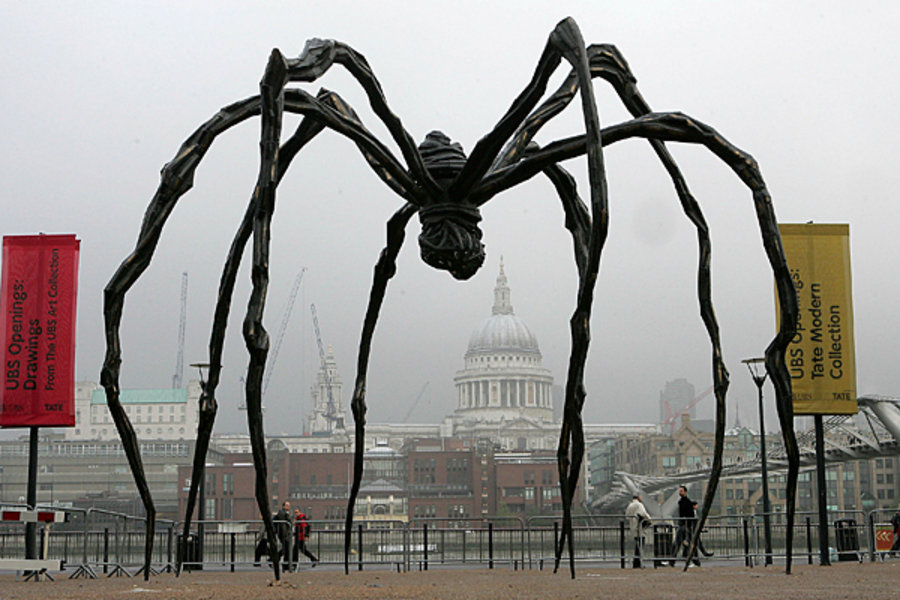

by Alexandra Osadkova
29 July '19What Is Contemporary Art? How To Understand It?
Contemporary Art
Contemporary art is the art of the present, produced by living artists in the twenty-first century. Contemporary art provides an opportunity to reflect on today social issues relevant to humanity, and the world around us. Contemporary artists work in a globally influenced, very culturally diverse, and advanced technological world. This art is a dynamic combination of materials, concepts, methods, and subjects that challenge traditional boundaries and defy easy understanding or definition. Eclectic and diverse, contemporary art entirely is distinguished by the basic lack of a uniform, ideology, organizing principle. This art is a cultural dialogue that concerns contextual frameworks such as personal or cultural identity, social problems, and issues, community and nationality - that is how at present the World define contemporary art.
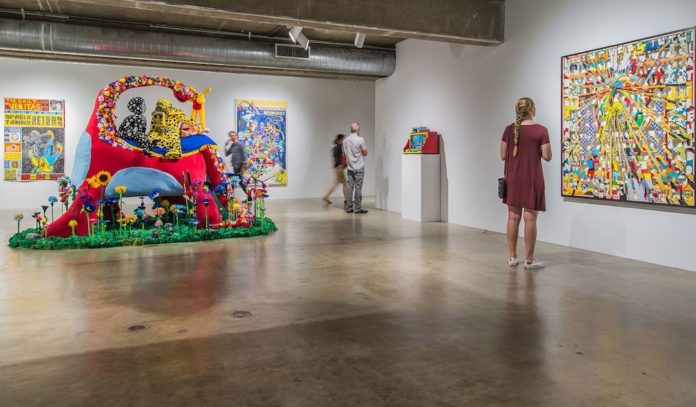
However, there's a recognition that this generic definition is subject to technical limitations. The classification of "art of today" as a distinctive sort of art, instead of an overall adjectival phrase, goes back to the beginnings of Modern Art in London. The Contemporary Art Society was founded in 1910 by Roger Fry and others, as a personal society for purchasing works of art to put in public museums. Lots of other institutions using the expression were formed in the 1930s. Many, such as the Institute of Contemporary Art, Boston changed their names from ones with "Modern art" during this age, as Modernism became defined as a historical art movement, and much "modern" art ceased to be "modern". The definition of what is modern is obviously always on the go, anchored in the present with a start date which goes forward, and the functions the Contemporary Art Society purchased in 1910 could no longer be described as modern.
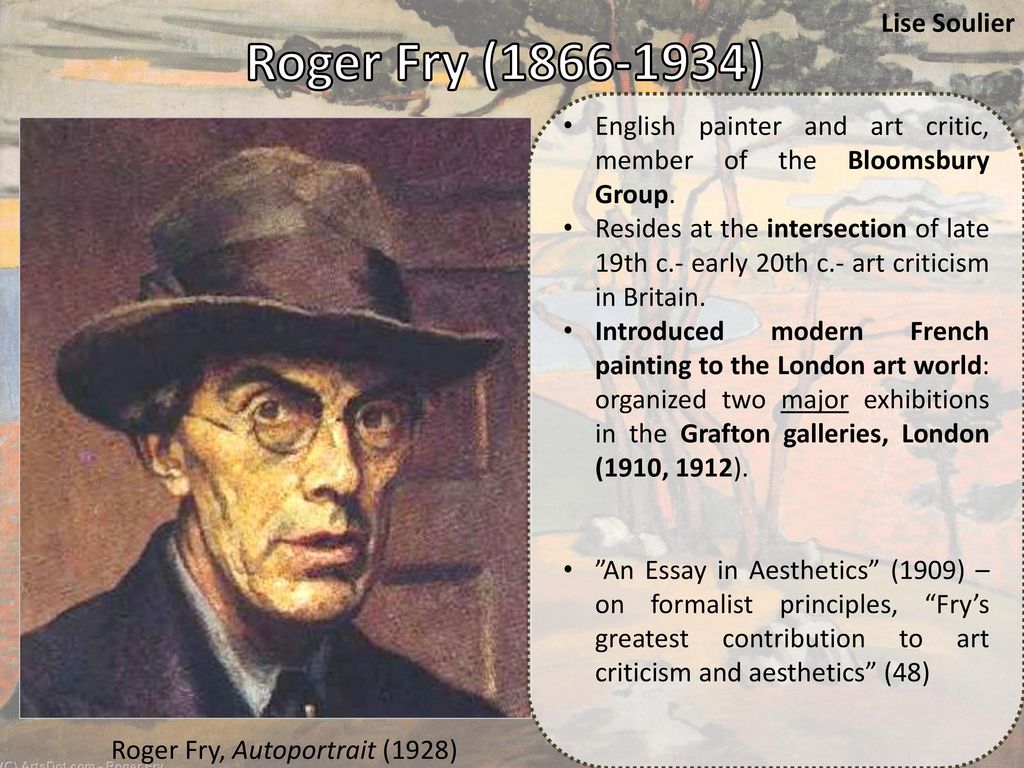
First of all, we need to start with the fact that the modern term of art has emerged only around the 18th century – it’s the product of the Enlightenment epoch. Before that time art had had largely a utilitarian purpose as a part of the religious tradition or manifestation of the owner’s wealth. Even the word ‘art’ itself was used to the whole range of the fields that now are not even considered as close to art – from shoemaking to rhetoric. Even the term ‘fine arts’ (‘beaux-arts’) appeared only in 1690. However, gradually that principal started getting more radical forms, as Modernist art movements shaped up. Post-impressionists (Paul Cezanne, Paul Gauguin), Fauvists (Edvard Munch, Ernst Ludwig Kirchner) challenged the concept of art as replicating of the reality, letting visual means of expression (color, line, composition) to play the first flute. Modernism, driven by the idea of the autonomy of art, has significantly transformed its norms, yet it hasn’t evolved into the critics of the institution of art itself, and, generally speaking, didn’t break up with the tradition, applying classical genre system and subjects.
We completely realize that all previous historical information might be too very insignificant to help approaching contemporary art. Too many questions are left open.
- How to distinguish a top-notch contemporary artistic project from a provocative and talentless PR?
- How to explain, why those pieces are being demonstrated in the museums and sold for millions, although it seems even your child could have done the same?
The easiest way is to give up and just calm yourself down with the thought “Contemporary art is just an epic fake.” But in reality, we should always blame two for a misunderstanding.
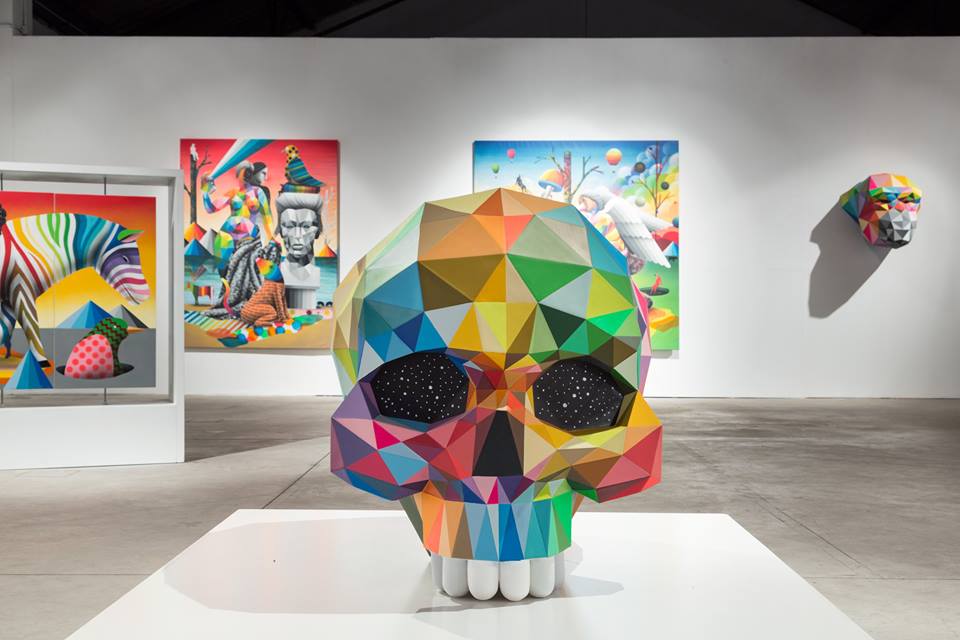
When it comes to the Bermuda triangle ‘artist-artwork-viewer,’ the ability of the audience to ‘listen’ to an artist (to contemplate his/her pieces) is equally important to the ability of master to ‘speak’ (to create works).
The talent to look at art is no lesser than the talent for producing it. It requires not only some analysis but a serious experience that allow understanding of the context and the background of any piece.‘Training an eye’ isn’t the simplest thing, especially when you find yourself in the situation when ‘Cool’ / ‘Not-Cool’ verdicts are not enough. The trick of the contemporary art is in motivating the public to get into the dialogue with the author, interpret and react. When dealing with classic art the joy of contemplating the work is enough for us to feel ourselves arbiter elegantiarum without putting much effort into it, such an attitude isn’t efficient with contemporary art. It is meant to be a ‘bedcrumb’ that wakes us and makes us move.
If before communicating with art was similar to a game of squash, where a viewer was mainly a passive wall, now it is real tennis, where the very possibility of art’s existence without a viewer is questionable.
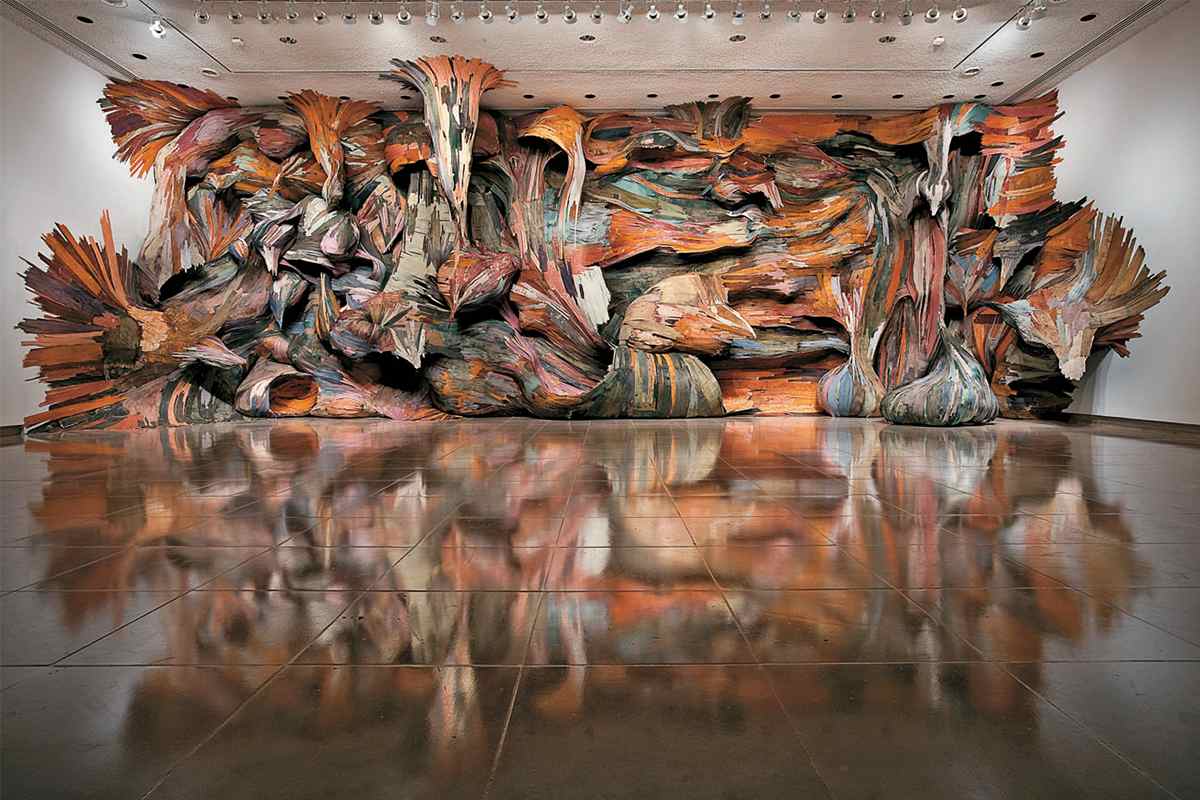
And you have to get into the artist’s head and follow the route he or she followed, to grasp the piece to the fullest. Sometimes the author can get too excited and serve the concept with the intensity a viewer isn’t ready to handle. But can art be different in the age of internet and AI? Like any organism, it has to remold itself, since changes are Life. And one cannot resist Life.

-
Art Advisory Services


